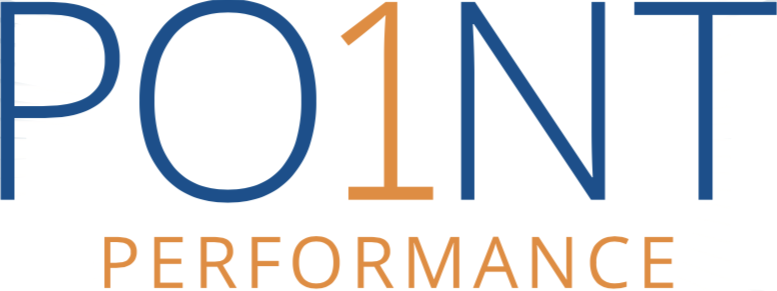
Achilles tendonitis is a foot/ leg injury usually sustained by athletes, weekend warriors or people who work on their feet all day. The pain ranges from soreness or tenderness in the lower leg area to striking pain.
What is the Achilles tendon?
The Achilles tendon is a thick tendon which connects the calf muscles to the heel. The Achilles tendon absorbs multiple times body weight stress with walking, and even more with running. It many ways it acts like a spring as it is loaded and unloaded with weight-bearing activity. Healing an inflamed Achilles tendon takes a long time. The reasons are due to its poor blood supply and incredible amount of stress from activity.
How does Achilles tendonitis occur?
Achilles tendonitis, like other types of “-itis”, is an inflammatory condition. The tendon commonly becomes inflamed from a pattern of overuse. Typically, a sudden increase in activity precedes the injury. If you’ve ramped up length, frequency or intensity, you can overwhelm the tissues to the point of inflammation. Generally, the body can repair a stressed tendon with rest. But more significant injury occurs when the stress on the tendon is unrelenting. Achilles tendonitis isn’t restricted just to joggers. Playing basketball, tennis, soccer, or similar activity will also spur injury. This is why weekend warriors tend to suffer from it. In addition, people who work on their feet, such as laborers, can develop Achilles tendonitis.
Poor footwear can contribute to the problem as well. Wearing worn-out sneakers lacking arch support to run or play sports increases stress on the tendon. People with excessive pronation are also more likely to develop tendonitis. As the foot falls into an excessively pronated position, the tendon is placed under excessive tension loads. This excess can cause repetitive strain.
What are the symptoms of tendonitis?
Tenderness in the area where the tendon attaches to the heel, or in the middle of the tendon, are the most common areas that experience inflammation. There’s stiffness and pain usually in the morning after a night of non-movement. This includes sitting for a prolonged period of time. The pain might go away after you start walking around a little but will return after inactivity.
More acute pain develops as the tendon is chronically stressed. Over time, if the Achilles tendon stays inflamed and doesn’t have a chance to repair itself, its tissue structure can change. This condition is called Achilles tendinopathy, which describes the tendon structure changing versus just being inflamed. The Achilles tendon can also be vulnerable to rupture particularly when the tendon has been repeatedly strained. This can make it structurally weakened.
How is the Achilles treated?
Rest, ice, compression and elevation (RICE) are usually the self-care methods to treating Achilles tendonitis. Stretching the area regularly can help loosen the muscles. A doctor may recommend wearing a boot or heel cup to take weight off the tendon. Working with physical therapist to help address why the problem is useful. A PT can help calm the affected area down so it can heal and address the reasons the injury occurred in the first place.
How can Achilles tendonitis be prevented?
Stretching your calf muscles daily will provide more flexibility to the tendon. Stretching can prepare it for absorbing the stress, particularly if you’re planning to increase activity. Even if you’ve recovered, it’s important to continue stretching the muscles.
Ramp up activity gradually, such as increasing the amount of running mileage or joining a soccer league.
Make sure your shoes are in good shape and supportive. If you wear heels or flats, make sure to rotate out the shoes. Heels shift the toes forward and shorten the calf muscles, while flats do the opposite. If you wear heels consistently, for example at work, wear supportive walking shoes for your commute and change into the heels when you arrive. For running, sports or work that requires you to stand or move all day, make sure the shoes are not worn out.
